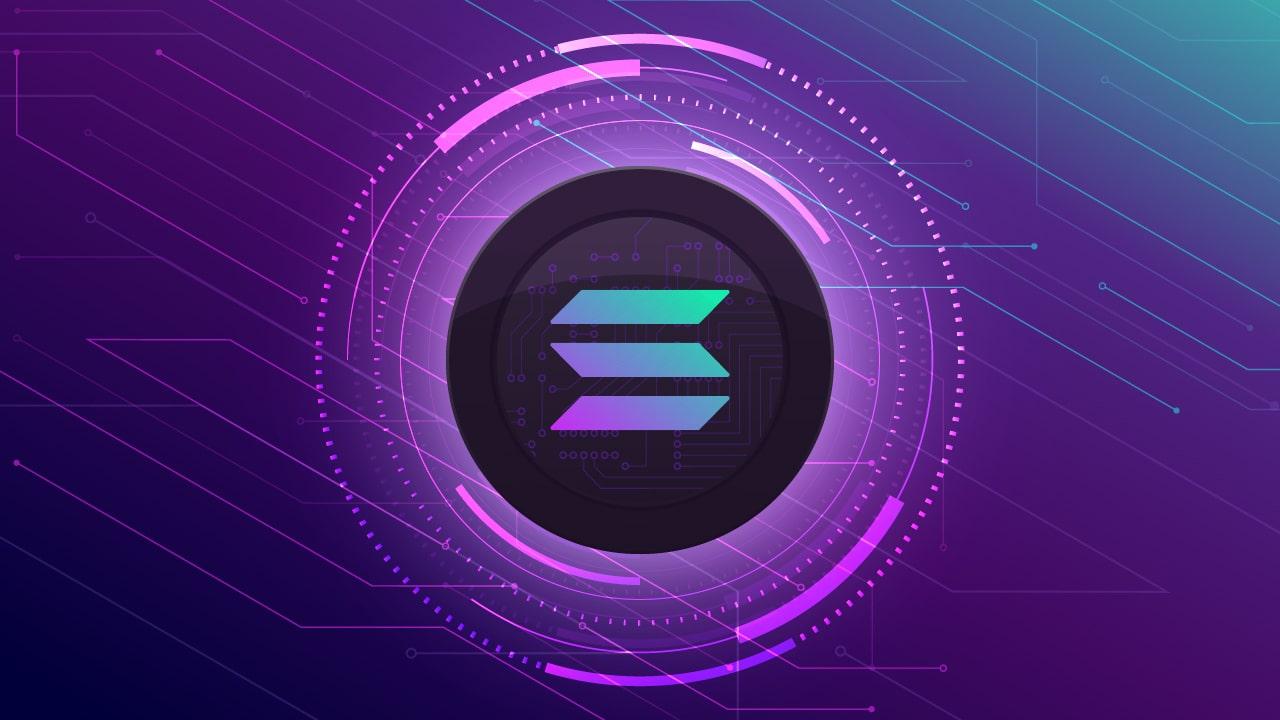What is Solana (SOL)?
Since 2020 Solana has outperformed other blockchain networks to top five most valuable blockchains. But what exactly is Solana?
By Staff
Solana ($SOL) was one of the hottest blockchains in 2021 due to its incredible speed and extremely cheap transaction cost. Since its token rose from $2 (7,000Ugx) in August 2020 to almost $240 (848,400Ugx) by the end of 2021, Solana outperformed other blockchain networks and is now ranked among the top five most valuable blockchains in terms of market valuation. But what exactly is Solana? Let us find out!
Solana is a third-generation blockchain platform built exclusively for decentralized applications (Dapps) like DeFi and NFT. Proof-of-History (PoH) consensus is used by the Solana blockchain, which is an open-source initiative.
Solana claimed a throughput of 50,000 TPS (Transactions Per Second) with an incredibly low transaction fee thanks to an ideal network of blockchain validators. This speed outperforms all other blockchain platforms, including Cardano, Ethereum, and Ethereum layer-2 solutions, among others.
History of Solana
Since releasing the Solana whitepaper in 2017, Anatoly Yakovenko has been the company’s creator, describing a new consensus called Proof-of-History (PoH). The Ethereum and Bitcoin challenges were overcome by consensus.
The Solana project was developed by Solana Labs in the United States and is led by the Solana Foundation in Geneva, Switzerland.
In March 2020, Solana introduced the Mainnet Beta, which lets users conduct simple transactions and use smart contracts on the Solana blockchain. The Solana team held a public auction to raise $1.7 million.
Developers can now use the Solana blockchain to test their ideas since the smart contract was launched. Hundreds of new projects are being launched on the Solana blockchain all the time, making it one of the crypto world’s fastest-growing blockchain ecosystems.
How does Solana blockchain work?
The node leader takes the transaction, gives it to a hash code, and sends it to the Solana blockchain once a user provides it to the blockchain. The transaction is validated by other nodes (validators), which then send it back to the leader. This entire operation takes 400 milliseconds and results in a block on the Solana blockchain.
Solana’s eight core blockchain technology are as follows:
- Proof-of-History (PoH): A clock for blockchain. A sequence of computation that is responsible for cryptographically verifying the passage of time between two events.
- Tower BFT: Solana’s Custom High-Performance Implementation of PBFT. This enhances the PoH to reduce communication time and network latency.
- Turbine: A block propagation protocol. The message will be divided into smaller packages which are sent to network validators to process. This solves the problem of the distributed system that has to propagate all data to a large number of separate nodes.
- Gulf Stream: Mempool-less transaction forwarding protocol. The next network-validating leaders will be selected based on their SOL stakes. Data of transactions can be processed in those leader nodes, reducing the validating time and improving the memory optimization for validators.
- Sealevel: Parallel smart contract run-time. This supports parallel transaction execution in a single shard.
- Pipelining: A Transaction Processing Unit (TPU) for validation optimization. This optimizes the CPU and GPU of the validators to make sure that the hardware components of validators are working properly.
- Cloudbreak: Horizontally-Scaled Accounts Database. This optimizes the flow of data on storage disks.
- Archivers: Distributed ledger store. This means data of Solana is stored on a network of nodes called Archivers not on validators’ nodes. Those Archivers don’t take part in the consensus process. The data is divided into pieces distributed to those Archiver nodes.
